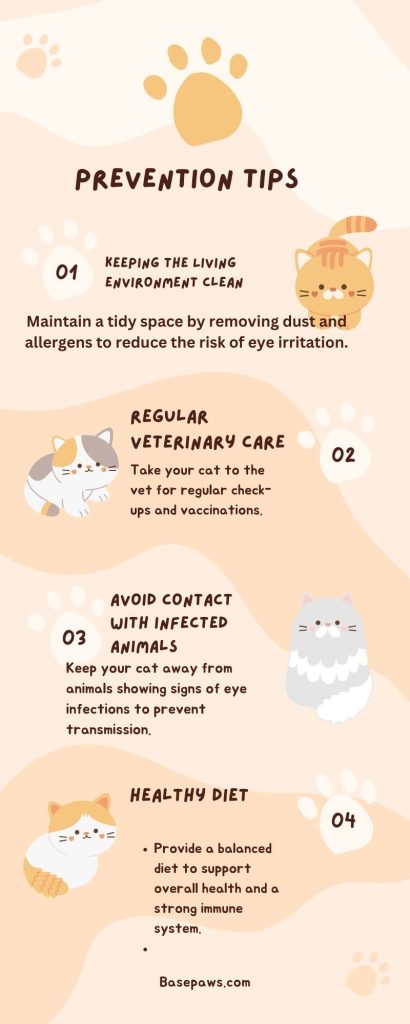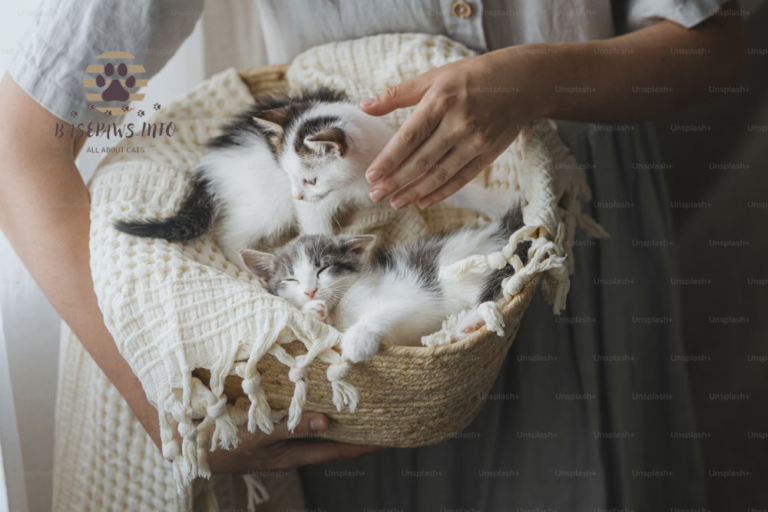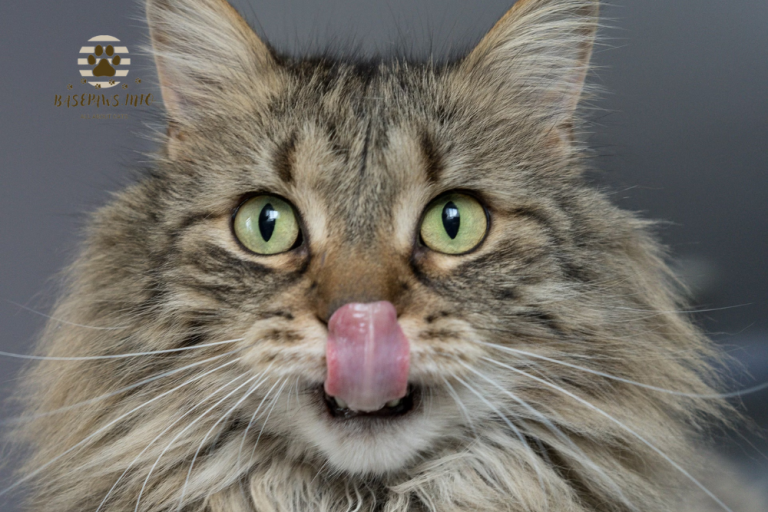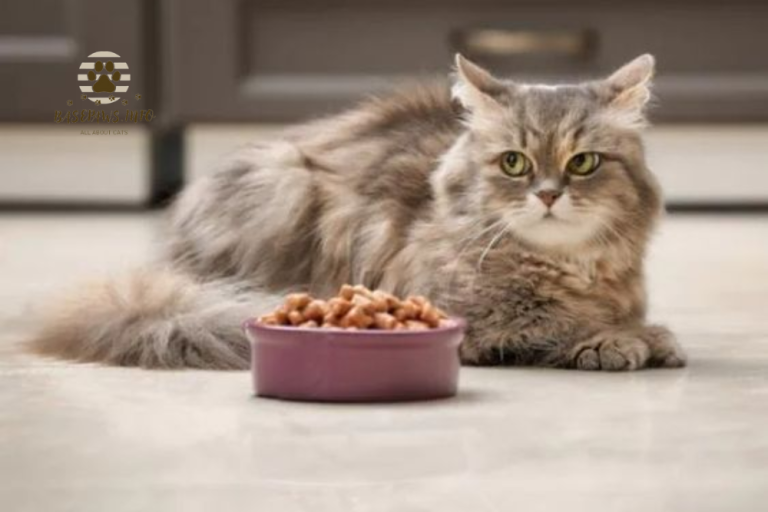Crucial Steps to Treat Eye Infections in Cats Effectively
Treat eye infections in cats promptly is essential to prevent discomfort and protect their vision, ensuring they stay happy., but with the right treatments, you can help your feline friend recover quickly and maintain their eye health. As a loving cat owner, it can be really worrying to see changes in your cat’s eyes. Eye problems can make your cat feel uncomfortable and might also mean there are bigger health issues to think about. That’s why it’s important to learn about common causes and symptoms so you can get help when needed. By paying attention, you can help keep your cat healthy and happy.
In this article, we’ll talk about different reasons why cats might have eye problems, like infections from germs, viruses, or fungi. We’ll also go over how to spot symptoms, some home remedies, and good treatments. Knowing this information will help you take better care of your cat and deal with any eye issues quickly.
This guide aims to give you useful information about eye infections in cats. Whether your cat is having trouble or you just want to prevent problems, the tips here will help you know what to do.
What Are the Common Causes of Eye Problems in Cats?
Understanding the causes of eye problems is essential for proper treatment. Here are some of the most common causes:
Infectious Conditions
- Bacterial infection of the eye
- Viral infection of the eye
- Feline calicivirus
Non-Infectious Conditions
- Tumors
- Foreign body in the eye ( grass seed or sand)
- Allergies
| Cause | Description |
| Conjunctivitis | Inflammation of the conjunctiva, often due to infections, allergies, or irritants. |
| Corneal Ulcers | Open sores on the cornea, often caused by trauma, foreign bodies, or infections. |
| Cherry Eye | Prolapse of the third eyelid gland, causing a noticeable swelling. |
| Dry Eye (Keratoconjunctivitis Sicca) | Decreased tear production leading to dryness and inflammation. |
| Uveitis | Inflammation of the uvea, potentially due to infections, autoimmune diseases, or trauma. |
| Glaucoma | Increased pressure in the eye, which can lead to vision loss, caused by various underlying issues. |
| Retinal Disease | Includes retinal detachment or degeneration, which can stem from genetics or systemic diseases. |
| Eyelid Abnormalities | Conditions like entropion or ectropion that affect eyelid positioning and function. |
| Infections | Bacterial, viral, or fungal infections can lead to various eye problems. |
| Systemic Diseases | Conditions like hypertension, diabetes, or hyperthyroidism can affect the eyes. |
Bacterial Eye Infections in Cats
Bacterial infections can arise when harmful bacteria enter the eye. Common culprits include Chlamydia and Mycoplasma. Symptoms often include redness, swelling, and discharge. These infections can be painful and may lead to more severe conditions if left untreated.
Viral Infections
Viral infections, such as feline herpesvirus, are another significant cause of eye problems in cats. These infections often lead to conjunctivitis, characterized by inflammation of the outer membrane of the eye. Cats with viral infections may also show signs of upper respiratory issues, making timely diagnosis and treatment crucial.
Fungal Infections
Fungal infections are less common but can still affect a cat’s eyes. These often stem from underlying health conditions or compromised immune systems. Symptoms may include redness, discharge, and swelling, and they typically require specialized antifungal treatments.
Blocked Tear Ducts
Blocked tear ducts can lead to excessive tearing and discomfort. This condition can occur due to various reasons, including inflammation or structural issues. When tear ducts are blocked, tears cannot drain properly, leading to watery eyes and potential infections.
Diagnosis of Eye Infections in Cats
What Are the Symptoms of Cat Eye Infections?
Recognizing the symptoms of eye infections in cats is essential for early intervention. Common symptoms include:
- Redness: Inflamed areas around the eyes.
- Discharge: Watery, cloudy, or colored fluid coming from the eyes.
- Squinting: Cats may squint or blink excessively to protect their eyes.
Conditions That Can Affect Your Cat’s Eyes
Types of Eye Infection in Cats
Several types of eye infections can affect cats:
- Upper Respiratory and Viral Eye Infections: Often linked with viruses, leading to conjunctivitis.
- Corneal Ulcers: Open sores on the eye’s surface that can be painful and require urgent care.
- Scratches: Physical injuries to the eye can lead to infections.
- Conjunctivitis: Inflammation of the conjunctiva, commonly seen in viral and bacterial infections.
- Allergies: Environmental allergens can cause watery eyes and inflammation. For Treat Allergies You can use Herbal Remedies .
Treatment & Home Remedies for Eye Infections in Cats
If you suspect your cat has an eye infection, you can try some home remedies to treat eye infections in cats:
- Cloudy Eyes: Changes in the eye’s clarity can indicate infection.:
- Warm Compresses: Applying a warm, damp cloth can help reduce swelling and loosen discharge.
- Saline Solution: Rinsing the eyes gently with saline can help clear out debris and soothe irritation.
To treat eye infections in cats, clean the affected area gently with a saline solution and apply a vet-prescribed antibiotic ointment. Always consult a veterinarian for proper diagnosis and treatment.
Common Treatments
Veterinarians typically recommend the following cat eye infection treatments :
- Antibiotics: For bacterial infections, eye drops or ointments may be prescribed.
- Antivirals: Used for viral infections, particularly feline herpesvirus.
Anti-inflammatory Medications: To reduce swelling and discomfort
Treating eye infections in cats requires a careful approach to ensure proper healing and avoid further irritation.
Topical Corticosteroid Drops & Ointment
Vets may prescribe topical corticosteroid drops or ointments to reduce inflammation and pain. Always follow your veterinarian’s guidelines for administering these medications.
L-lysine
L-lysine is an amino acid supplement that can help cats with feline herpes virus infections.
Interferon alpha-2b
Interferon alfa is an immunomodulator and antiviral used to treat viral diseases in cats such as feline immunodeficiency virus (FIV) or papillomatosis.
Azithromycin Oral Antibiotic
Azithromycin may be prescribed for the treatment of Chlamydophila or Mycoplasma conjunctivitis as well as any underlying bacterial infections which could affect your cat’s eyes such as upper respiratory infections.
How Quickly Will Treatment Work?
The speed at which treatment works can vary based on the type and severity of the infection. Many cats may start to show improvement within a few days of appropriate treatment. However, it’s essential to continue administering medications as directed by your vet for the best results.
Clear Your Cat’s Eyes at Home

If your cat has dirty eyes, you can help clean them at home. Start by using a soft, damp cloth to gently wipe away any gunk. Make sure to clean from the corner of the eye outward to avoid hurting your cat. Always be gentle and check with a vet if you see any redness or swelling!
How Do Vets Diagnose Eye Infection in Cats?
When you take your cat to the vet, they will conduct a thorough examination. Here’s what you can expect:
What Will Happen At the Vet?
When you take your cat to the vet, they will first ask about your cat’s symptoms. The vet will then examine your cat’s eyes to check for any issues. They might recommend some tests or give you advice on how to treat the problem. Don’t worry—your vet is there to help keep your cat healthy and happy!
Vet-Prescribed Treatments for Cat Eye Infections
Once your vet has diagnosed your cat’s eye infection, they will recommend the most effective treatment based on the type of infection. For bacterial infections, antibiotic eye drops are often prescribed to eliminate the bacteria and clear up symptoms like redness and discharge. If a viral infection is the cause, your vet may suggest antiviral medications, which help control and reduce the severity of viral outbreaks. In cases where inflammation and discomfort are a concern, corticosteroids might be added to the treatment plan to reduce swelling and relieve pain, helping your cat feel more comfortable during the healing process. With the right medications, you can Treat eye infections in cats quickly and effectively, ensuring a smooth recovery.
Treat eye infections in cats promptly with antibiotic drops or ointments prescribed by a veterinarian to prevent complications. Treat eye infections in cats under the guidance of a vet to address underlying causes such as viruses or allergens.

Prognosis for Cat Eye Infections
With prompt treatment, most eye infections have a good prognosis. However, if underlying health issues exist, these may affect recovery time. Regular check-ups and following your vet’s advice can ensure the best outcomes.
Treat eye infections in cats by monitoring symptoms closely, as early intervention can lead to a favorable outcome. Treat eye infections in cats to minimize the risk of long-term damage or vision loss. Treat eye infections in cats with proper follow-up care to ensure complete healing and prevent recurrence.Treat eye infections in cats promptly to improve the prognosis and prevent complications.

Can Cat Eye Infections Be Prevented?
Yes, you can help prevent cat eye infections! Keep your cat’s living area clean and free of dust and debris. Regularly check their eyes for any signs of problems and take them to the vet for check-ups. Also, make sure they stay away from sick animals to reduce the risk of infections.
Other Important Tips for Administering Eye Medications
Administering eye medications can be challenging. Here are some tips to make it easier:
- Stay Calm: Approach your cat calmly to avoid stress.
- Follow Instructions: Always adhere to the vet’s guidelines for dosage and frequency.
- Use Treats: Reward your cat with treats after administering medication to create a positive experience.
1) When should I take my cat to the vet for an eye infection?
If your cat shows severe symptoms such as persistent squinting, excessive discharge, or if the infection worsens, seek veterinary care to treat eye infections in cats. Early intervention can prevent complications
2) How long does it take for a cat eye infection to heal?
Healing time can vary based on the severity of the infection and the treatment provided. With prompt veterinary care, many eye infections can show improvement within a few days.
3) Can I Use Neosporin on My Cat’s Eye Infection?
It’s important to avoid using Neosporin or similar over-the-counter products in your cat’s eyes without veterinary guidance. These products can irritate sensitive eye tissues and may not be effective against infections.
4) Can eye infections in cats lead to serious health issues?
Yes, untreated eye infections can lead to more severe conditions, including vision loss or systemic infections. Early detection and treatment are critical for your cat’s health.
5) Can I use human eye drops to treat eye infections in cats?
No, you should never use human eye drops on cats. Always use veterinary-prescribed medication, as human drops may worsen the condition or cause harm.
6) Treat eye infections in cats—how long does recovery take?
Recovery times vary, but most mild infections improve within a week with proper treatment. Follow your vet’s instructions and monitor your cat for any signs of lingering or worsening symptoms.
Taking care of your cat’s eyes is an important part of ensuring their overall well-being. By noticing early signs of eye problems and seeking timely treat eye infections in cats, you’re giving your furry friend the best chance at a quick and smooth recovery. This guide is here to help you stay proactive with your cat’s eye care, and your veterinarian is always there to assist with any concerns. At the heart of it all is the desire to keep your cat healthy, happy, and comfortable. Being informed and attentive is the first step in making that happen.
“Treat eye infections in cats with care and professional guidance; early action can save their vision and enhance their quality of life.”







